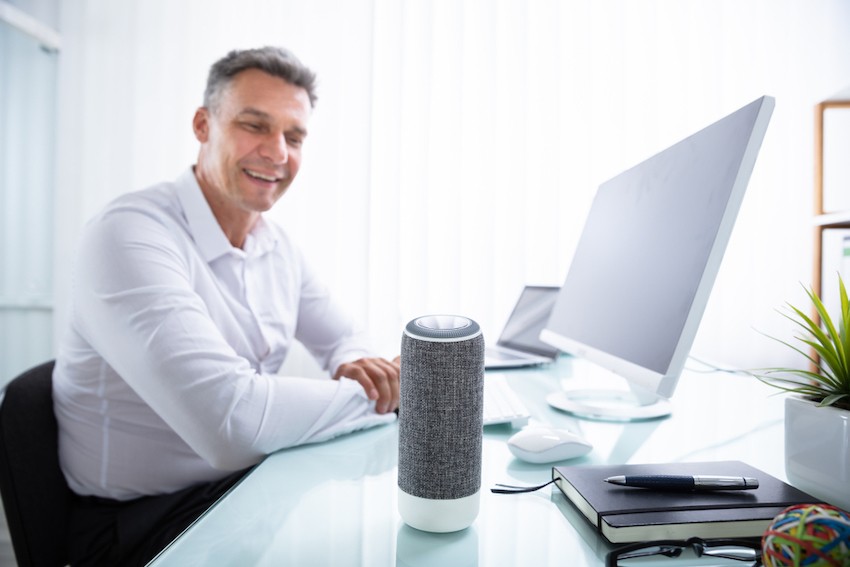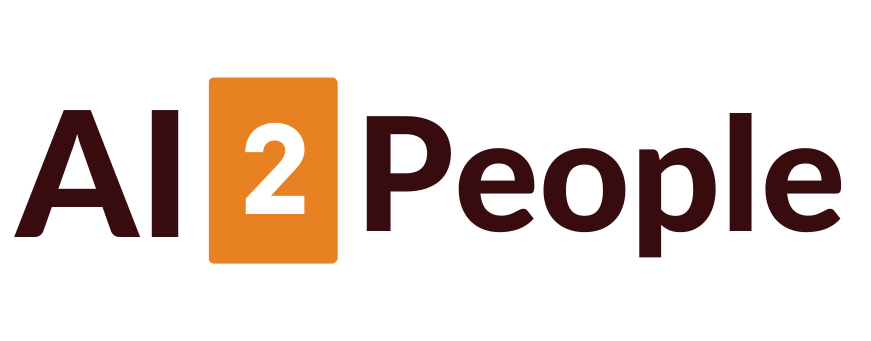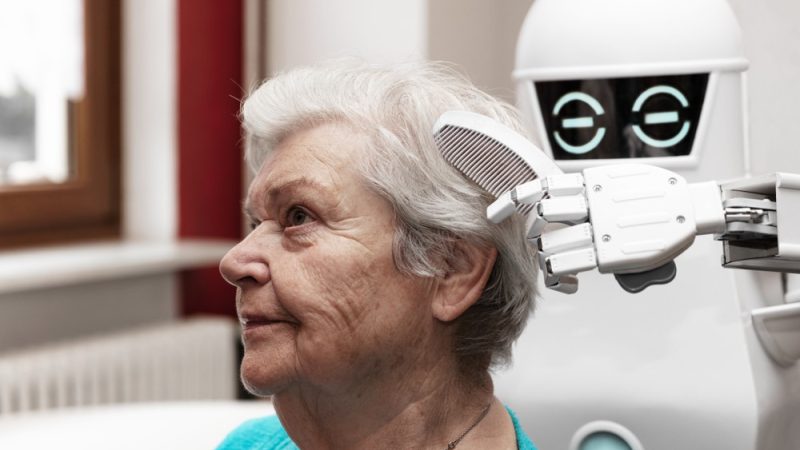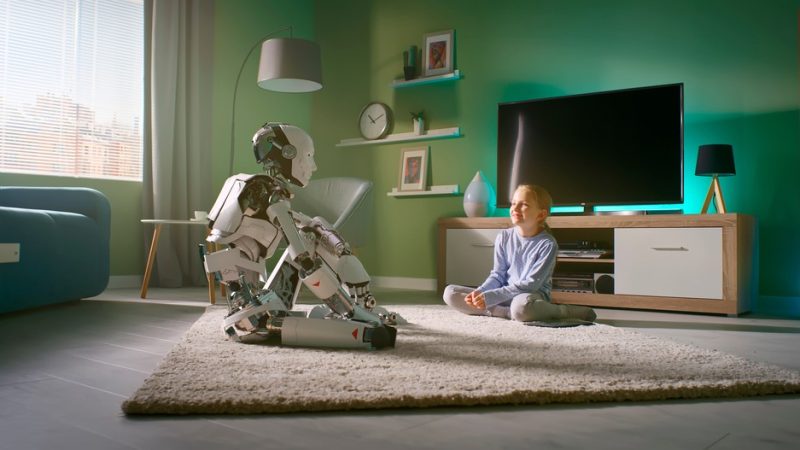
AI in the Office: The Impact of AI on Workspaces
Artificial Intelligence (AI) is transforming the way we work. With the increasing adoption of AI in various industries, including the office workspace, AI is becoming an integral part of our daily lives. From automation to collaboration, AI has the potential to enhance productivity, streamline processes, and create a more personalized and efficient workspace. In this article, we explore the various applications of AI in the workspace and the impact it has on workspaces.
Applications of AI in the Workspace
Here is how AI is transforming our workspaces:
Automation
One of the most significant impacts of AI on workspaces is automation. AI-powered automation can help to streamline repetitive tasks, reducing the workload on employees and increasing efficiency. By automating tasks such as data entry, scheduling appointments, and handling customer inquiries, AI-powered automation can free up time for employees to focus on more complex tasks.
The automation of mundane tasks can help to improve the overall quality of work and reduce the number of errors, leading to improved customer satisfaction. Furthermore, automating tasks can also help to reduce the risk of employee burnout, as employees can focus on more interesting and challenging tasks.
Voice Assistants

Voice assistants like Amazon’s Alexa and Google Assistant are becoming increasingly popular in the office. These assistants can help with tasks such as scheduling meetings, sending emails, and even ordering office supplies. By using voice assistants, employees can complete tasks more quickly and reduce the time spent on administrative tasks.
Voice assistants can also help to improve accessibility in the workplace. For example, employees with disabilities may find it easier to use voice assistants to complete tasks than using traditional input methods such as a keyboard or mouse.
Collaboration
AI-powered collaboration tools can help to streamline communication and make it easier for teams to work together. By using AI-powered tools, employees can collaborate in real-time, reducing the need for back-and-forth communication.
These tools can also help to identify patterns in communication and provide insights into how teams can work together more effectively. For example, AI can analyze communication patterns and suggest changes to improve communication flow and increase team productivity.
Analytics
AI-powered analytics tools can help to provide insights into employee productivity, team dynamics, and customer behavior. By analyzing data, companies can identify areas for improvement and make data-driven decisions. For example, AI can analyze employee productivity data and identify areas where employees may be struggling. This information can then be used to provide targeted training and support to improve employee performance.
AI analytics tools can also help to identify patterns in customer behavior, such as purchasing patterns or customer complaints. This information can then be used to develop targeted marketing strategies or improve customer service.
Security

AI can also play a crucial role in workspace security. It can help to detect and prevent cyber-attacks, identify suspicious activity, and provide real-time alerts. With the increasing number of cyber threats, AI-powered security tools are becoming more critical than ever.
AI-powered security tools can also help to improve physical security in the workspace. AI surveillance systems can detect and identify potential security threats and provide real-time alerts to security personnel.
Personalized Workspaces
Artificial intelligence can help to create more personalized workspaces. By using sensors and other technology, it can gather data on employee behavior, such as the temperature they prefer or the lighting levels they work best under. This data can then be used to create a more comfortable and productive workspace for each individual.
Personalized workspaces can help to improve employee satisfaction and reduce the risk of burnout. By creating a more comfortable workspace, companies can improve employee retention rates, reducing the cost of recruiting and training new employees.




















